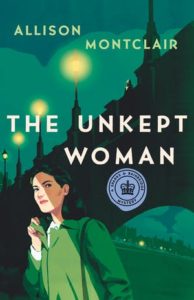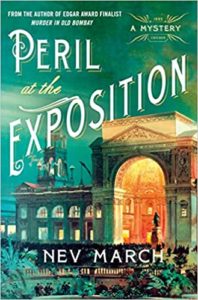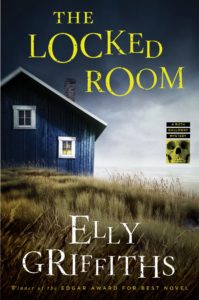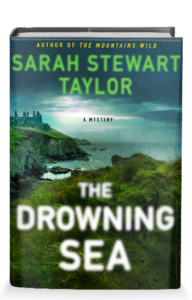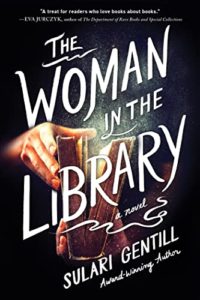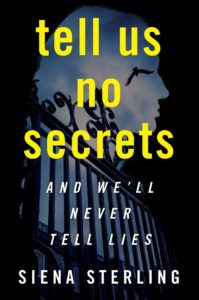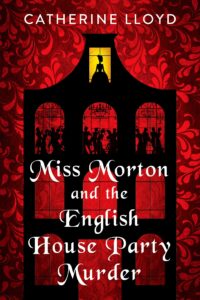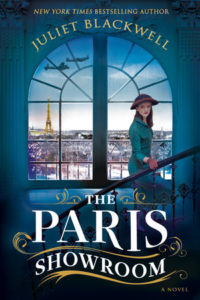 I have devoured every word of the Ruth Galloway series, and each time I pick one up, I am reminded again what wonderful, pure reads these books are. From the second you crack open the first page to the moment you close the cover at the end, Griffiths as a storyteller holds her reader completely in her grasp. Under her spell. Bewitched. This book is no different, though it was, to me, a bit more intense and a bit more grim as she confronts covid front and center.
I have devoured every word of the Ruth Galloway series, and each time I pick one up, I am reminded again what wonderful, pure reads these books are. From the second you crack open the first page to the moment you close the cover at the end, Griffiths as a storyteller holds her reader completely in her grasp. Under her spell. Bewitched. This book is no different, though it was, to me, a bit more intense and a bit more grim as she confronts covid front and center.
It is historically significant to have lived through a pandemic – and we seem to be emerging from it at last – but as you live through something historically significant, you have no actual perspective. A start to gaining some perspective is to read a thoughtful examination of just what happened, which Griffiths provides her reader. As the book opens, Ruth is teaching an archeology class and she gets a call that there’s body on a construction site. She takes the class along as a learning experience, event letting the students bag up the bones for transportation at the end. The students are curious to discover if the body comes from a plague pit, a foreshadowing of what’s to come. read more
 Carol Goodman has been killing it. She’s writing the kind of standalone, psychologically suspenseful novels that are incredibly popular at the moment, but she’s been doing it for twenty years. She’s a tight storyteller and a smart one, and she’s great with character and setting – in fact, she’s the whole package. Her new novel, The Disinvited Guest, posits that we have emerged from a worldwide pandemic, albeit briefly, and been plunged into another one. Her book is set very slightly in an unfortunately believable future.
Carol Goodman has been killing it. She’s writing the kind of standalone, psychologically suspenseful novels that are incredibly popular at the moment, but she’s been doing it for twenty years. She’s a tight storyteller and a smart one, and she’s great with character and setting – in fact, she’s the whole package. Her new novel, The Disinvited Guest, posits that we have emerged from a worldwide pandemic, albeit briefly, and been plunged into another one. Her book is set very slightly in an unfortunately believable future.